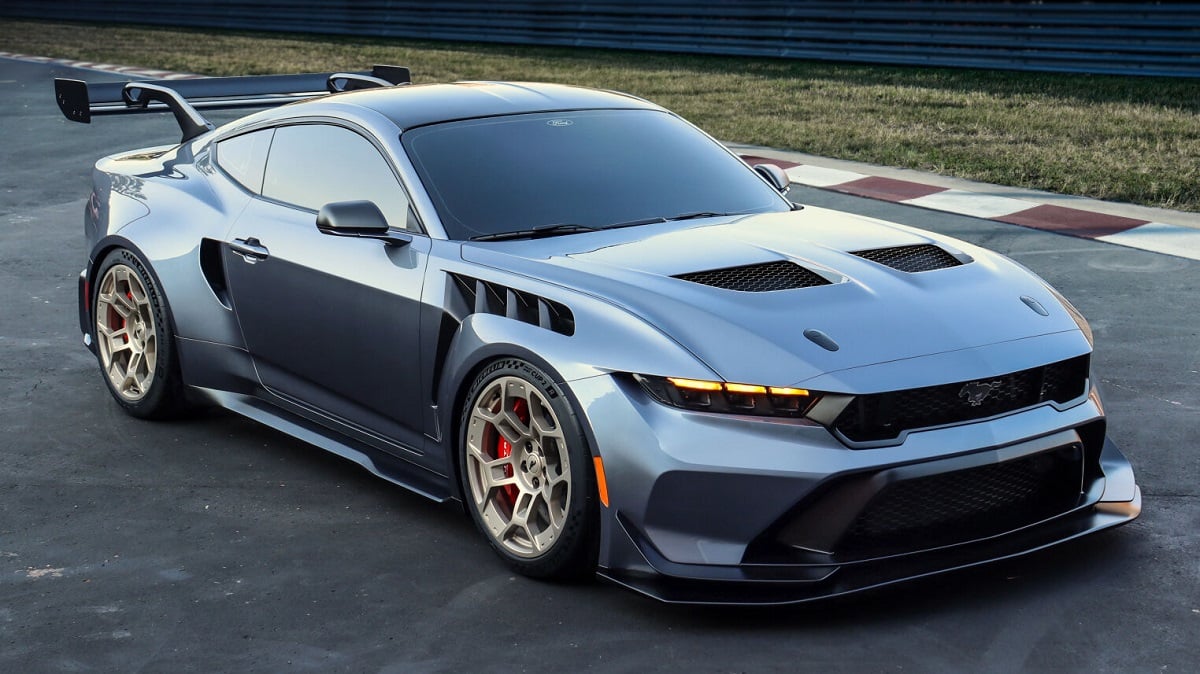For some people, a perfect world includes vehicles that require nothing more than a full charge or plenty of gas to get them where they need to go, and without any issues. Words like "camber" and "alignment" would never enter their minds. In reality, vehicle ownership isn't quite that simple. Understanding what camber is on a car will help ensure your vehicle handles appropriately while keeping potentially costly repairs to a minimum.

Car Camber Defined
You may be surprised to learn that your car's wheels and tires are not necessarily designed to sit perfectly perpendicular to the road. Depending on the vehicle's purpose, whether it be a performance sedan engineered to tackle tight corners or a heavy-duty pickup truck built to confidently transport heavy loads, your tires may be tilted toward or away from the car. These are known as camber angles.
Camber angles are much like our own legs. People blessed with perfectly straight legs, with knees that align directly above their ankles, possess the equivalent of neutral camber. Bow-legged people with their knees farther apart than their ankles exhibit positive camber. Finally, the knock-kneed amongst us, who have knees that are close together, demonstrate negative camber.
Going a step farther with the leg analogy, picture a bow-legged or knock-kneed individual standing on a flat floor while wearing sneakers. You can envision how the soles of their shoes make contact with the ground. The former will make more contact on the outer soles while the latter will make more contact on the inner soles.
In tire terminology, the equivalent of the sneaker soles' surface contact is known as a contact patch, and a tire's contact patch is crucial to vehicle handling. Contact translates to traction or grip, and more is always better.
How Car Camber Affects Handling
When a car travels in a straight line on a level road, a neutral camber angle is ideal because the tire and pavement meet evenly to create a large contact patch. However, when you drive into a corner, the tire will naturally start to roll onto its sidewall, thereby lessening the contact with the road. The result is a smaller contact patch, which means grip drops and handling suffers.
Since we all encounter different road surfaces and countless twists and turns during our daily travels, vehicle engineers must compromise on a camber angle that works best in many scenarios. For that reason, most modern cars feature a slightly negative camber angle.
A modified classic Datsun 240Z displays a more extreme example of a negative camber angle in the photo above. So adjusted, this 240Z adds contact patch and grip in corners, helping it to go faster through them.
Car Camber Adjustment
From Acuras to Volvos, every vehicle has factory specifications for suspension geometry, including camber, toe (the angle of the tire front to back), and caster (the tire's position relative to the suspension). Unfortunately, pot-holed roads and maybe a set of cheap or mismatched tires can throw those factory-set specifications out of whack. When that happens, you'll notice an effect on handling, uneven tire wear, and possibly an annoying pull to the left or right when driving.
These are classic signs that your car is out of alignment, and you'll want to contact your dealer or local repair shop to schedule service to correct the problem. In most cases, a technician will use a computer-linked alignment tool that provides precise measurements of camber, toe, and caster, and will then return the settings to factory specifications.
If you have a vehicle with all-wheel drive or independent front and rear suspension designs, always choose a four-wheel alignment service. A front-wheel alignment will be sufficient for some cars, whereas a thrust alignment is used exclusively for cars and trucks with solid rear axles.
In each case, expect to pay about $100 or less. A reputable shop will discuss which option is best for you and the estimated cost.






